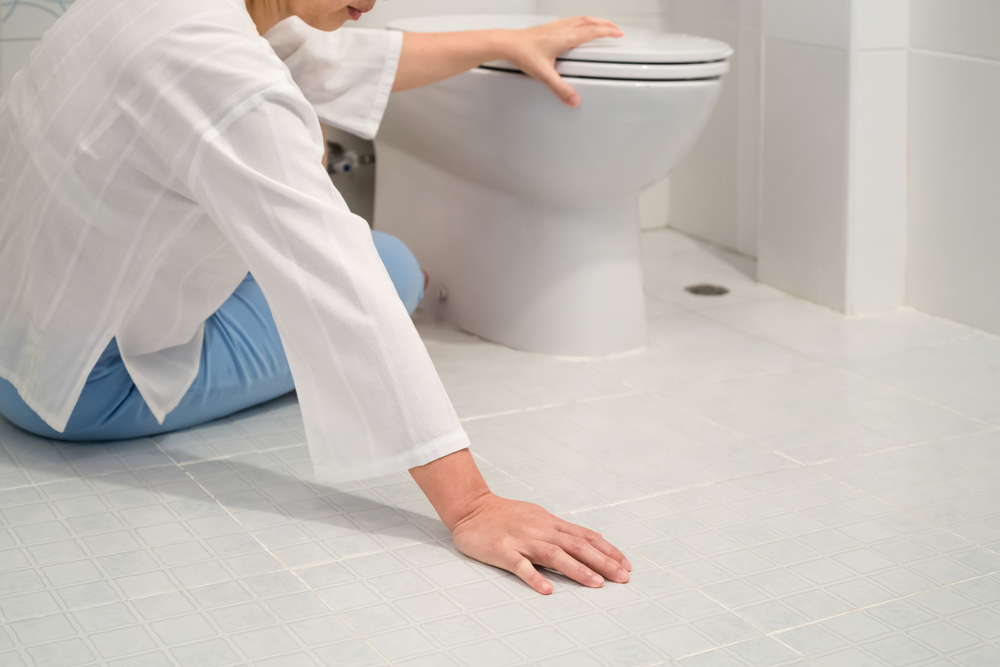Falls is the main cause of injury in older adults aged 65 yrs. old and above. The risk increases because of age and many other reasons. Ensuring functionality in older people is the important thing to prevent disability. Falls occur when a person who is resting accidentally falls on the ground or to any lower level. Older adults are at a high risk for falling.
There are a lot of risk factors that make a older person fall with may include:
- Weakness of the body
- Balance problems
- Vision problems
- Vitamin D deficiency
- Home or environment hazards
Medication use may also cause falls because they often change the way a person thinks or feels due to their side effects.
Falls are serious among older adults as these can cause serious injuries like head injuries and broken bones. It is also the most common cause of traumatic brain injuries.
Older adults should be watchful of:
- Stairs without handrails, and steps
- Walkways without proper lighting
- Objects or rugs on the floor
- Bathroom tiles
- Wet floor


